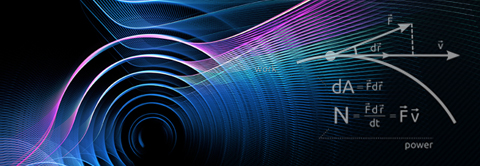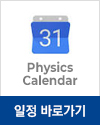No-Insulation High Temperature Superconductor Magnet Technology for Compact, Reliable, and Low-Cost High Field DC Magnets
2016.06.13 17:16
| 날짜 | 2016-06-14 15:00 |
|---|---|
| 연사 | |
| 장소 | #1323 (E6-2 1st fl.) |
No-Insulation High Temperature Superconductor Magnet Technology for Compact, Reliable, and Low-Cost High Field DC Magnets
June 14, 2016 (Tue) 3PM , #1323 (E6-2 1st fl.)
Prof. Seungyong Hahn, Florida State University
Abstract:
Firstly introduced in 2010, the No-Insulation (NI) high temperature superconductor (HTS) winding technique is expected to provide a practical solution for protection of HTS magnets, one of the most critical challenges in high-field (>20-T) HTS magnets. The key idea is to eliminate turn-to-turn insulation within an HTS coil and, in a quench event, current can be automatically diverted to the adjacent turns through turn-to-turn shorts. As a result, an NI magnet can be designed at a substantially higher operating current density than that of its insulated counterpart, thus the magnet becomes extremely compact, yet “self-protecting.” To date, over 100 NI HTS coils have been constructed and tested to have successfully demonstrated the self-protecting feature of NI coils. In a magnet level, a total of 9 NI magnets have been designed, constructed, and tested, including the recent 26-T 35-mm all-REBCO magnet that was designed by Hahn and constructed by SuNAM. To date, all of NI magnets survived after multiple consecutive quenches at their nominal operating temperature ranged 4.2 – 20 K. An NI magnet, however, has a major drawback of “charging delay” due to its turn-to-turn shorts. Several variations of the NI technique, including the Partial-No-Insulation (PNI) and the Metallic-Cladding-Insulation (MCI), are proposed by several groups, with which 5 – 50 times reduced charging delays were reported than those of their NI counterparts. This presentation provides a summary of the NI magnet technologies, relevant to design and construction of axion detection magnets, for the past 5 years, which include: 1) recent quench test results of two all-REBCO magnets, 26-T/35-mm and 7-T/78-mm; 2) a 9 T REBCO insert that reached a record high field of 40 T in a background field of 31 T; 3) “electromagnetic quench propagation” as the self-protecting mechanism of an NI magnet; 4) potential of the NI technique for the next-generation ultra high field magnets; 5) major challenges and potential pitfalls.
Contact: CAPP Administration Office(T.8166)







